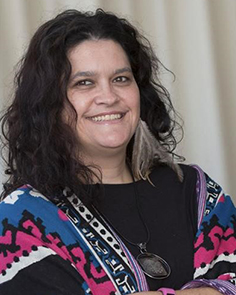Digi Youth Arts

Digi Youth Arts is a collective of contemporary Aboriginal and Torres Strait Islander artists committed to sharing stories that empower young people. The organisation has a history of producing thought-inspiring works that educate audiences on traditional culture and contemporary Indigenous perspectives.
In 2013, Digi Youth Art's first work, Glad Tomorrow, shared the stories of Aboriginal and Torres Strait Islander children from remote communities attending school in Brisbane. This was soon followed by The Truth Is, a creative exploration of urban Indigenous identity, in partnership with the Institute for Urban Indigenous Health. The Children's Monologues was delivered in early 2015, bringing the stories of Cape York children to the main stage of Brisbane. This was followed by a successful season of in-dij-uh-nus at Brisbane Powerhouse—a contemporary theatre work sharing the collective cultural experiences of Aboriginal and Torres Strait Islander youth. Digi Youth Arts has also presented contemporary cultural works as part of TEDx South Bank 2014, Jungle Love Festival 2015 and Clancestry 2015. In 2016, Digi Youth Arts presented two new works as part of Backbone's 2high Festival: Waiting and Searching, collaboration with Sisters Inside and Aunties Talkin', in partnership with Ganyjuu Grandmothers.













